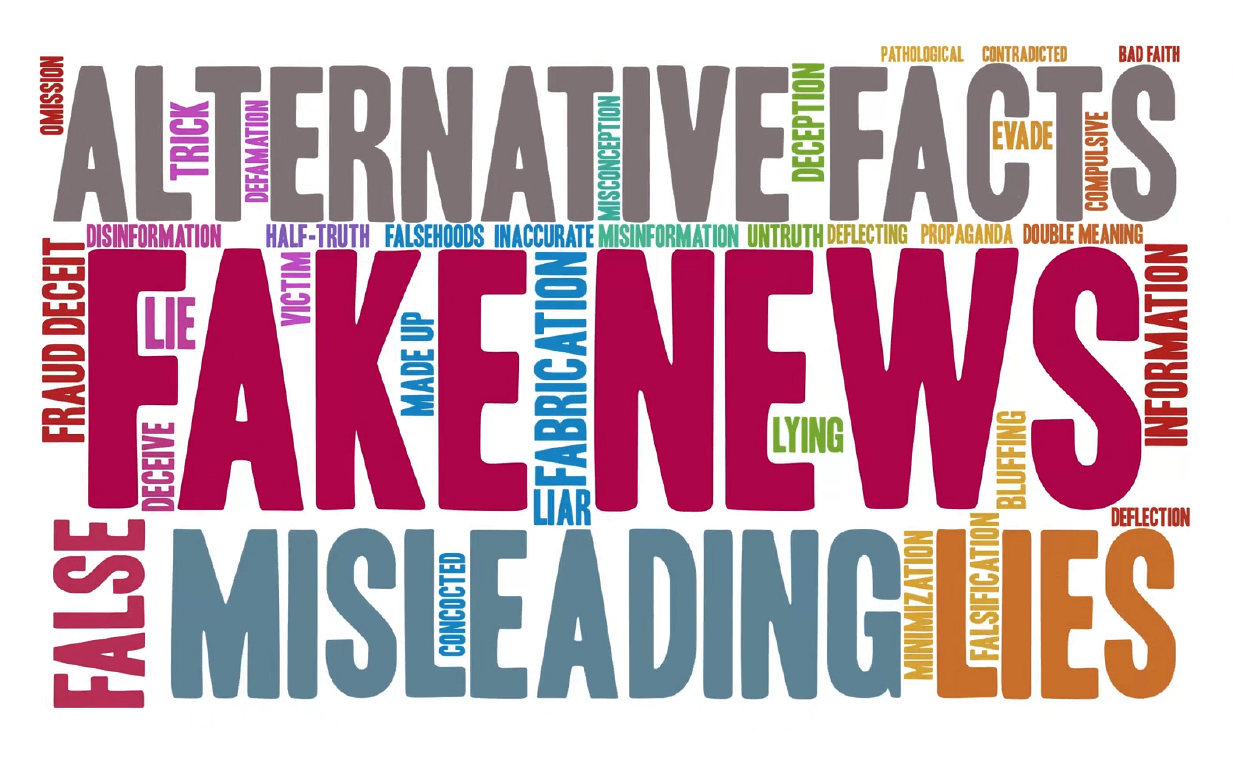High triglycerides are often associated with a group of other conditions that together are called the “metabolic syndrome” — a group of risk factors for heart disease and type 2 diabetes. These include:
- Obesity, especially excessive fat tissue in and around the abdomen
- High blood pressure
- Increased blood sugars (pre-diabetes or impaired glucose tolerance )
- High levels of inflammatory proteins in the blood
High triglycerides can also mean low levels of high-density lipoproteins (HDL) — the “good” cholesterol.” “We don’t know how HDL protects you from things like heart disease and diabetes, but we know it does,” Ginsburg says. “And high triglycerides mean lower HDL.”
At the same time, they can form a sort of “‘combination package” with low-density lipoproteins —LDL, or the “bad” cholesterol — leading to more plaque formation in the arteries of your heart and further elevating your risk of heart disease.
Know Your Levels
What should your triglyceride levels be? Normal triglycerides are 150 or below. Any level that is consistently higher than that is considered to be a problem:
- Borderline High: 150 – 199
- High: 200 – 499
- Very High: 500
So what can you do if your triglycerides are hitting the heights? One answer is extremely simple and, for many people, extremely challenging: losing weight through diet and exercise.
“If everybody lost 10% of their body weight and started exercising for half an hour, three or four times a week, it would take care of almost half the problem,” says Henry N. Ginsberg, M.D., Irving Professor of Medicine and Director of the Irving Institute for Clinical and Translational Research at Columbia University Medical Center in New York. “Yes, there is a genetic predisposition involved, but whatever the genetics are, it’s made much worse by being overweight.”
What should you eat? Well, in some ways whatdoesn’t matter as much as how much.
“I don’t care if you’re eating 100% protein or 100% carbohydrates, if you eat more than you burn, you’re going to make triglycerides,” Ginsberg says. “But if you’re eating 100% fat, the body doesn’t even have to work that hard to do it.”
A diet low in saturated fats, cholesterol, and simple carbohydrates is recommended when trying to reduce high triglycerides. If you’re not sure what simple carbohydrates are, think of “white” foods such as:
- White rice
- White bread
- Regular potatoes
- Pasta
“These get digested and turned into sugar so quickly that you might as well drink soda,” Ginsburg says. “What you want, instead, are carbs that take awhile to absorb — which means fiber.” Try these foods instead:
- Brown rice
- Whole grain bread
- Sweet potatoes
- Whole wheat pasta
If your cholesterol and triglyceride levels are very high, your doctor may also prescribe medication to help bring them down. At very high levels, triglycerides can be so bad that a person can develop other problems such as pancreatitis, and these drugs are absolutely beneficial in these cases, Lazar says.
“To prevent diabetes and the metabolic syndrome, I think it’s probably most important to think about it in terms of calories. Your goal should be to eat only as much fuel as you’re going to burn.”

